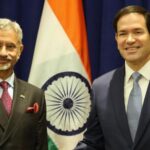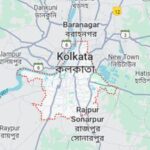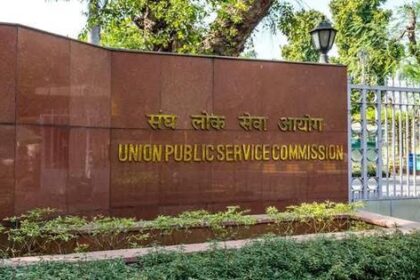Recent recognitions of Palestinian statehood may not translate into actual sovereignty due to geopolitical dynamics.
Recognition of a Palestinian state has gained momentum, particularly as discussions are set to unfold at the United Nations starting September 23. With world leaders gathering for the annual general assembly, approximately 150 of the 193 UN member states now acknowledge Palestine as a state. Recently, Australia, Canada, and the United Kingdom joined this growing list, and further announcements from additional countries are anticipated in the near future.
This increase in recognition from Western nations signifies a notable diplomatic achievement for Palestinian aspirations toward independence and self-governance. However, it also represents a considerable diplomatic setback for Israel, especially in light of the recent solidarity shown by Western nations following the October 7 attack by the Palestinian militant group Hamas.
The journey towards Palestinian statehood is a complex historical narrative that has been developing for decades. The struggle can be traced back to 1967, during which Israel expanded its military control over significant parts of historic Palestine after a six-day war against a coalition of Arab states. As a result of this conflict, Israel gained control over the West Bank, East Jerusalem, and the Gaza Strip, yet did not extend citizenship to the Palestinian population in these newly occupied territories.
Instead, the Israeli government implemented a series of military orders that have governed nearly every aspect of Palestinian life in these areas, many of which remain in effect today. For instance, Palestinians require permits for various daily activities, such as harvesting crops or accessing places of worship. This system of permits has served as a constant reminder of the limitations on Palestinian autonomy and control over their own lives.
Efforts to quash the notion of Palestinian nationhood have also been evident through policies that prohibit public expressions of Palestinian identity, including the display of the Palestinian flag, which can lead to severe penalties. This aligns with historical sentiments expressed by former Israeli Prime Minister Golda Meir, who claimed the nonexistence of a distinct Palestinian identity.
Amidst these challenges, Palestinians began organizing around the notion of statehood, a concept that gained formal recognition in 1969 during a session of the Palestine National Council. This resolution advocated for a free and democratic state in Palestine, inclusive of all religions, and aimed to establish equal rights for Muslims, Christians, and Jews.
The path towards Palestinian statehood has since followed two primary trajectories: diplomatic advocacy and armed resistance. Despite the symbolic advancements in international recognition, the ground realities have complicated the pursuit of a unified state encompassing all of historic Palestine. The aftermath of the 1973 Arab-Israeli War shifted diplomatic dynamics and weakened Arab support for Palestinian claims.
By the late 20th century, the Palestinian Liberation Organization (PLO) made a unilateral declaration of independence in 1988, a move that was largely symbolic given the ongoing occupation. Nonetheless, this declaration represented a critical moment of unity between Palestinians in exile and those in occupied territories, encapsulated in a declaration penned by renowned Palestinian poet Mahmoud Darwish.
While the international community’s response to the PLO’s declaration was divided, many countries from the Global South promptly recognized Palestinian independence. By the end of that year, 78 nations had formally acknowledged Palestine as a state. Yet, the quest for true sovereignty remains fraught with challenges, particularly given the current geopolitical landscape and the power dynamics within the UN Security Council, where the United States wields significant influence through its veto power.








